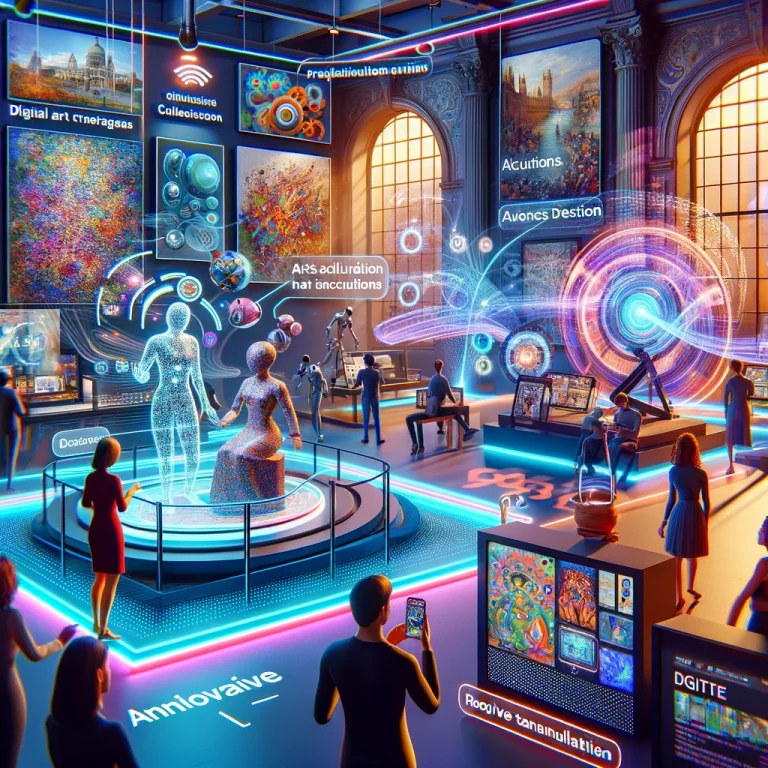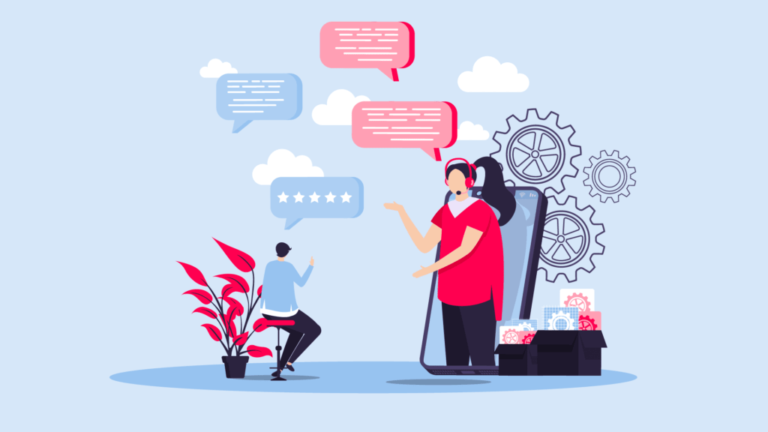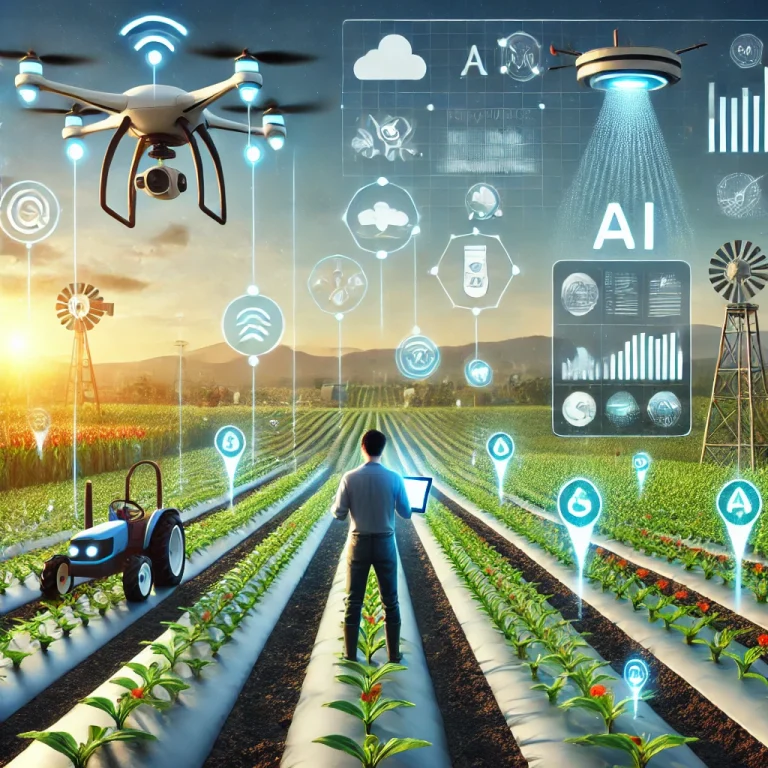Using AI in Arts and Culture: Interactive Experiences and Accessibility

AI is making significant strides in arts and culture, revolutionizing how we create, experience, and access art. From interactive installations to enhanced accessibility, AI technologies are opening new frontiers in the creative world.
Interactive Art Experiences
AI is transforming art installations by making them interactive and engaging. Artists use AI to create pieces that respond to viewer inputs, such as movements, voice commands, or even emotions. These installations offer a dynamic experience, allowing visitors to become part of the artwork. AI-driven art can adapt and evolve based on interactions, providing a unique and personalized experience for each viewer.
Digital Art Creation
AI is also a powerful tool for creating digital art. Machine learning algorithms can generate art pieces based on specific styles, inputs, or datasets. Artists use AI to explore new creative possibilities, combining human creativity with computational power to produce innovative works. This collaboration between humans and machines is pushing the boundaries of what is possible in art creation.
Enhancing Accessibility
Accessibility in arts and culture is greatly improved through AI technologies. AI-driven tools can provide real-time translations, audio descriptions, and sign language interpretations, making art and cultural experiences more inclusive. Museums and galleries are using AI to develop applications that cater to visitors with disabilities, ensuring that everyone can enjoy and engage with the exhibits.
Preserving Cultural Heritage
AI plays a crucial role in preserving cultural heritage by digitizing artifacts, documents, and artworks. Advanced imaging techniques and machine learning algorithms help in restoring and archiving historical pieces, making them accessible to future generations. AI can also analyze and interpret cultural artifacts, providing insights into historical contexts and aiding in the research and education of cultural heritage.
Personalized Art Recommendations
AI enhances how people discover and enjoy art by offering personalized recommendations. Platforms that integrate AI can analyze user preferences and suggest artworks, exhibitions, or cultural events tailored to individual tastes. This personalization helps users discover new art forms and artists, enriching their cultural experiences and fostering a deeper appreciation for the arts.
AI-Driven Performances
In the performing arts, AI is being used to create innovative performances. AI can generate music, choreograph dance routines, or even perform alongside human artists. These AI-driven performances explore new artistic expressions and challenge traditional boundaries, offering audiences unique and thought-provoking experiences.
Certainly’s Role in AI for Arts and Culture
Certainly plays a pivotal role in integrating AI technologies within the arts and culture sector. By providing advanced AI-driven chatbots, Certainly enhances visitor engagement and accessibility. These chatbots can offer real-time translations, interactive guides, and personalized recommendations, making art more accessible and enjoyable for a diverse audience. Certainly’s solutions streamline operations for museums and galleries, enabling them to provide enhanced experiences without additional strain on their staff.
Certainly’s AI capabilities also extend to performance art, where chatbots can interact with audiences, providing real-time feedback and enhancing live performances. These interactive elements make performances more engaging and memorable for attendees.
For more information on Certainly’s pricing and services, visit their pricing page.
Future of AI in Arts and Culture
As AI technology continues to advance, its impact on arts and culture will only grow. Future developments may include more sophisticated interactive installations, enhanced personalization, and further improvements in accessibility. AI will continue to be a vital tool in preserving cultural heritage and pushing the creative boundaries of art. By embracing AI, the arts and culture sector can offer more engaging, inclusive, and innovative experiences to audiences worldwide.

